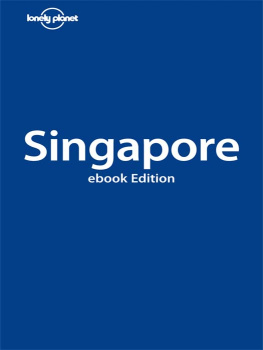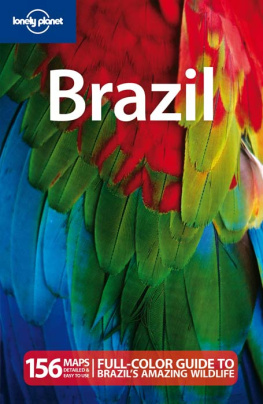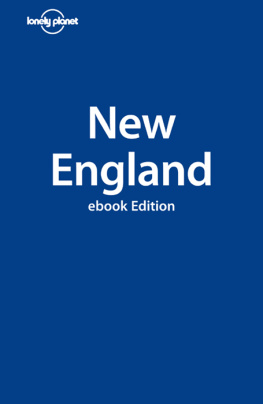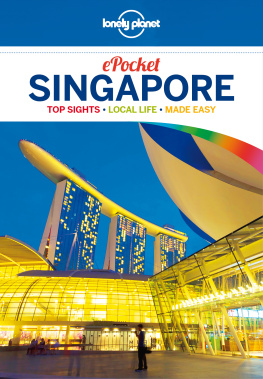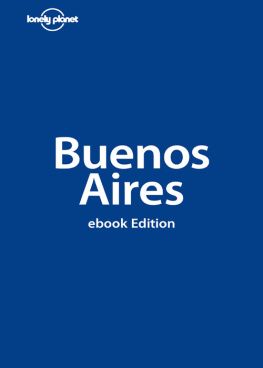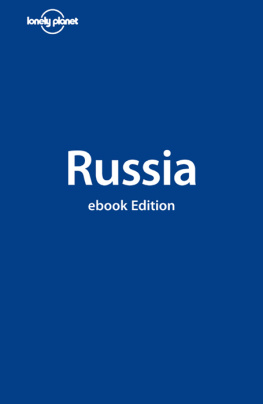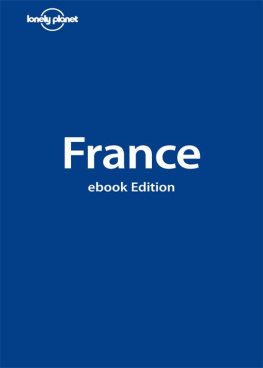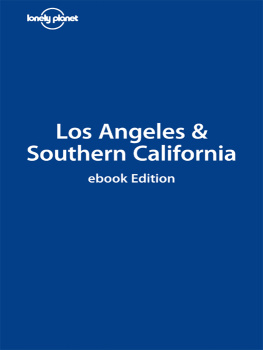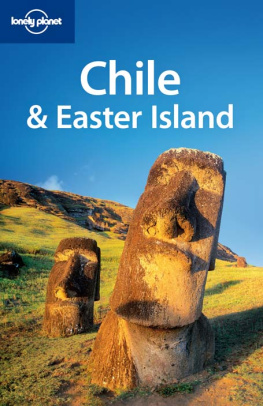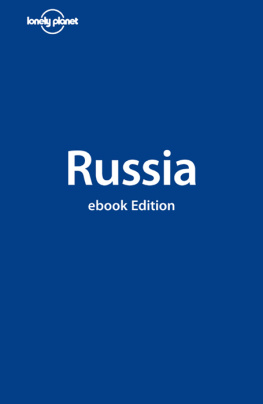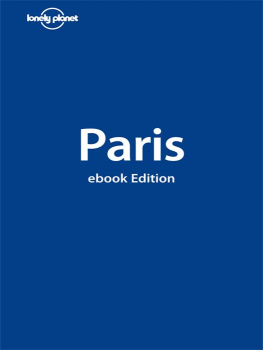THE AUTHORS
Mat Oakley
Mat was born and raised in Watford by a Scouse dad and a Yorkshire mum, and has never forgiven either of them (though he is thankful his Dad persuaded his four-year-old self to support Liverpool, rather than his mums home town of Leeds). Since escaping England in 1993, he has lived and worked as a journalist and author in Thailand, Laos, Australia and Fiji, and has spent the last four years in Singapore with his wife and three cats. Apart from the infinite possibilities of finding new places to eat in Singapore, he enjoys exploring the oases of greenery in the city, and hopping on his motorbike in search of a clear stretch of Singapore road (hard to find, but they do exist). Mat was the coordinating author and wrote the Introducing Singapore, Getting Started, Background, Shopping, Eating, Transport and Directory chapters.
MATS TOP SINGAPORE DAY
Id start the day on the veranda of the Riders Caf for a bowl of laksa for lunch.
In the afternoon Id go into the city, spend a few hours browsing books and antiques at as it lights up, with the skyscrapers towering behind it. Its a magnificent sight.
Thirsty work, this walking, so where next? The Archipelago brewpub? Oosters for some Belgian beer? The upstairs lounge by the window at Harrys .
Joshua Samuel Brown
Joshua Samuel Brown is a writer and photojournalist who has tramped the globe since late adolescence, writing features articles for publications both illustrious and obscure. An on-again off-again expatriate, Joshua has been coming to Singapore since the late 90s. He currently divides his time between Asia and North America, with occasional forays into Central America. When not writing for Lonely Planet, Joshua lives with his wife, four dogs and six cats on an organic farm in rural Texas, where he writes political essays, short stories and endless emails, trying in vain to avoid manual labour. His blog, Snarky Tofu, is erudite, opinionated, bizarre and online at www.josambro.blogspot.com. Offering tales of betel-nut beauties and tips on avoiding jail time by impersonating a Mormon, his first solo book is Vignettes of Taiwan. Joshua wrote the Neighbourhoods, Drinking & Nightlife, Arts & Leisure, Sleeping and Excursions chapters and the Arts section of the Background chapter.
LONELY PLANET AUTHORS
Why is our travel information the best in the world? Its simple: our authors are passionate, dedicated travellers. They dont take freebies in exchange for positive coverage so you can be sure the advice youre given is impartial. They travel widely to all the popular spots, and off the beaten track. They dont research using just the internet or phone. They discover new places not included in any other guidebook. They personally visit thousands of hotels, restaurants, palaces, trails, galleries, temples and more. They speak with dozens of locals every day to make sure you get the kind of insider knowledge only a local could tell you. They take pride in getting all the details right, and in telling it how it is. Think you can do it? Find out how at lonelyplanet.com.
GETTING STARTED
Singapore is a breeze possibly one of the least challenging cities in the world to visit. Plonk some 10-year-olds at Changi Airport and chances are that within a couple of hours theyll be booked into a hotel, scooting around on the MRT, munching on chicken rice and deciding which movie to see first.
Theyll need plenty of pocket money, though. Singapore is not the cheapest destination, though its possible to cut costs dramatically by eating at hawker centres and using public transport. Accommodation can also fill up fast, so its a good idea to book a room well in advance. If youre coming in September during the Formula One grand prix, reschedule or be prepared to pay well over the odds for a room.
WHEN TO GO
Any times a good time to go to Singapore. There are cultural events and festivals all year round, from fashion to film to food, and because Singapore is home to so many ethnic communities, you can hardly step outside without bumping into a festival. The less spectacular, less extravagant aspects of traditional culture are visible, and even the casual visitor will notice the numerous little street shrines, with their incense sticks, offerings and pyramids of oranges, that are inserted sometimes into the most unexpected corners.
Practically on the equator, Singapore is constantly hot (the temperature never drops below 20C) and humid and gets fairly steady year-round rainfall. The wettest months are supposedly November to January, when its also a degree or two cooler, while the driest are supposedly May to July, but in reality there is little distinction between the seasons. Similarly, there is no high and low tourism season as such, though during local school holidays () and major cultural festivals things become noticeably more crowded.
FESTIVALS
Singapore is awash with festivals religious, cultural, national and commercial. Religious festivals in particular are timed according to lunar calendars, but the Singapore Tourism Boards online whats-on guide usually lists precise days.
January
PONGGAL
A four-day harvest festival celebrated by southern Indians, especially at the on South Bridge Rd or in Little India. Its traditional for people to greet each other by saying pal pongitha (Has the milk boiled over in your house?). Sweetened, spiced rice is cooked in milk and allowed to boil over to symbolise bounty, and the boiling over is accompanied by cries of pongollo ponggal!
THAIPUSAM
This is one of the most dramatic Hindu festivals, in which devotees honour Lord Subramaniam with acts of amazing masochism. In Singapore, Hindus march in a procession from the on Tank Rd carrying kavadis (heavy metal frames decorated with peacock feathers, fruit and flowers). The kavadis are hung from followers bodies with metal hooks and spikes that are driven into their flesh. Other devotees pierce their cheeks and tongues with metal skewers (vel), or walk on sandals of nails.
February
CHINESE NEW YEAR
Dragon dances and pedestrian parades mark the start of the New Year. Families hold open house, unmarried relatives (especially children) receive ang pow (gifts of money in red packets), businesses clear their debts and everybody says Gung hei faat choi (I hope that you gain lots of money). Chinatown is lit up, especially Eu Tong Sen St and New Bridge Rd, and the Singapore River Hongbao Special features pasar malam (night market) stalls, variety shows and fireworks.
CHINGAY
www.chingay.org.sg
Singapores biggest street parade occurs on the 22nd day after the Chinese New Year. Its a flamboyant multicultural event, with subliminal themes bolstering the social order, and held either along Orchard Rd or around the Colonial District, with flag bearers, lion dancers, floats and other cultural performers. Buy tickets in advance for a seat in the viewing galleries, or battle the crowds for a place at the roadside barriers.
March
MOSAIC MUSIC FESTIVAL
www.mosaicmusicfestival.com
Annual 10-day feast of world music, jazz and indie laid on by the Esplanade theatre, featuring acts local and international, renowned and obscure. The schedule is peppered with free concerts held in the Esplanades smaller venues.
SINGAPORE FASHION FESTIVAL
www.singaporefashionfestival.com.sg
Not quite Paris, but probably as close as youll get in Southeast Asia, this festival also features a fortnight of shows from local designers as well as prominent international names.

